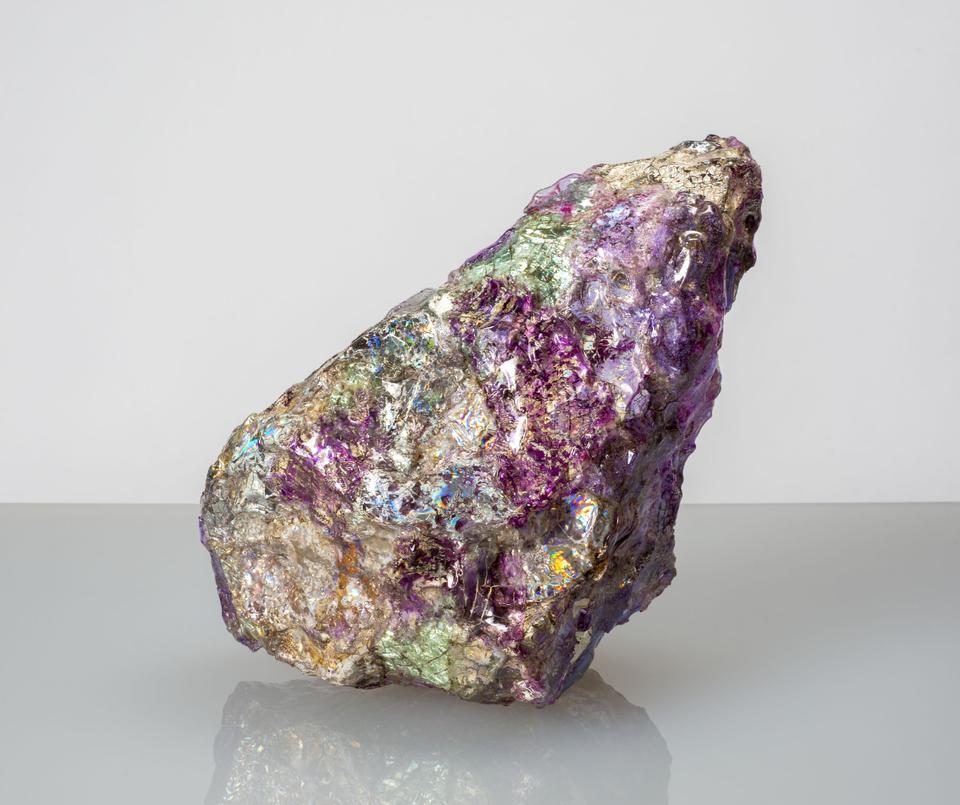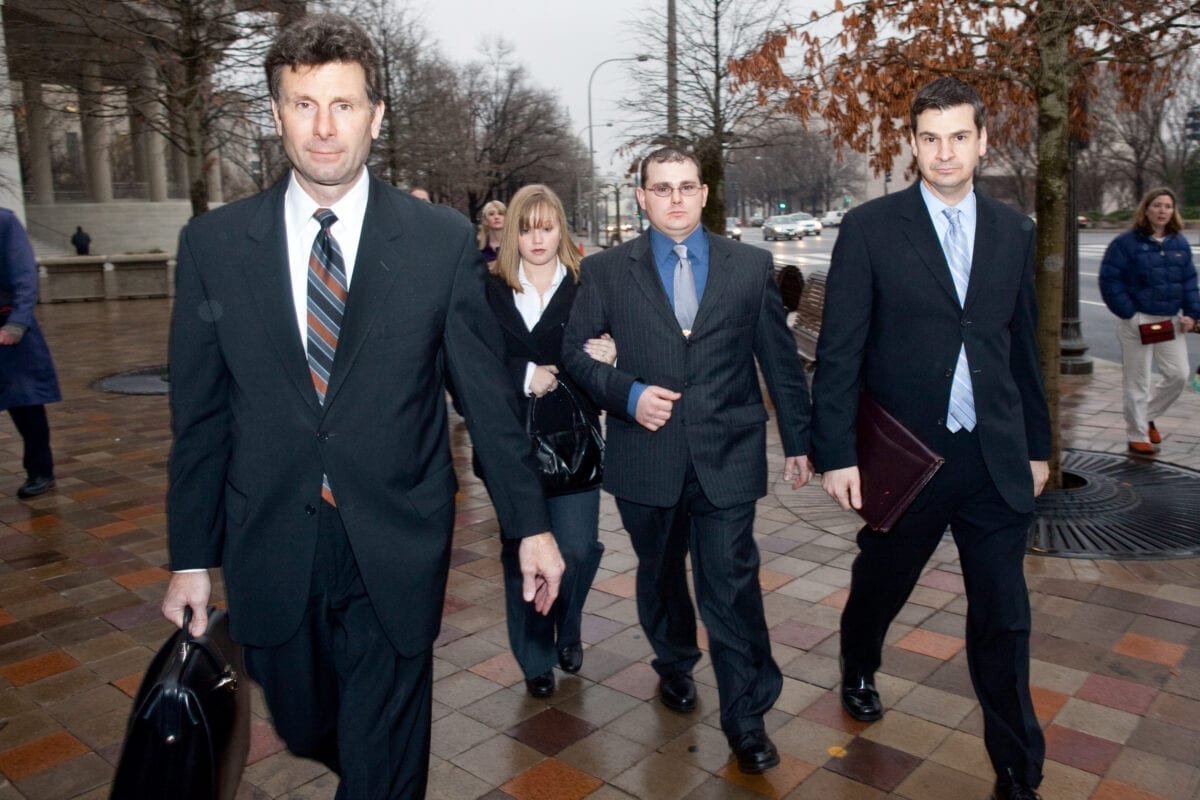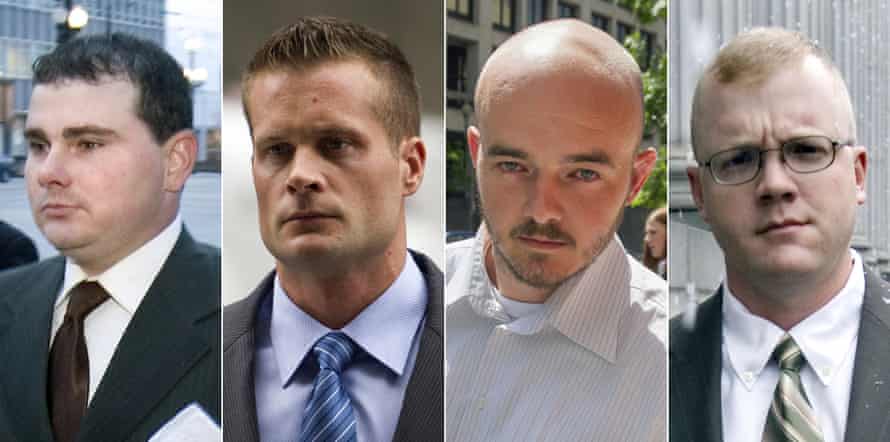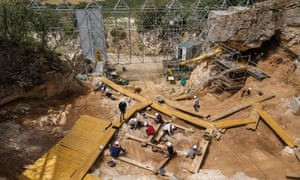
Could CO2 help the construction industry become more productive and less environmentally damaging?
23 Dec 2020
The World Economic Forum

Explore the latest strategic trends, research and analysis
The construction industry must boost production while reducing its carbon footprint.
The solution to both challenges could be CO2 itself.
Here's how it works – and how to make it happen.
At more than $11 trillion per year, spending related to construction is responsible for about 13% of global GDP – but in comparison to other industries, productivity and growth are lagging behind. At the same time, the impact on the environment can be illustrated, for example, by noting that the production of cement alone accounts for 8% of global CO2 emissions. The sector's productivity and CO2 footprint are key problems that need to be addressed quickly to meet the increasing demand for construction while reducing the damage to the environment.
A key to solving both problems may very well lie within the CO2 itself.
Limitations in productivity could be addressed with the rapid and large-scale introduction of automation into the industry. Traditionally, automation has propelled productivity upwards in many industries but that is usually coupled with job losses. This will be different in a construction industry that today faces a global shortage in available labour. The introduction of automation tools enables 3D-printing of concrete materials, better prefabrication of building modules, and can help assembling entire structures. Overall, this enables new building designs, with lower cost, and reduces the physical burden on construction workers, all while adding new jobs to implement and operate the tools.
Have you read?
Swiss Cheese concrete can help beat the heat
These concrete blocks are a surprisingly efficient way to store energy
The concrete that heals its own cracks
While 3D printing of concrete has been pursued for some time it will benefit from advances in concrete materials to enable better printability, such as increased speed of construction while preserving structural integrity. In addition, advanced concretes must have properties such as higher mechanical stability, smart thermal behaviour, air filtration and self-repair capability. But first and foremost, in the present context, these materials need to offer better manufacturability and a better carbon footprint.
New materials will become critical enablers for advances in construction. An opportunity exists to focus research and developments on concrete and concrete-like composite materials that incorporate captured CO2 as an ingredient. This CO2 could be taken directly from the air, but it can also be harvested from powerplants or cement factories. In either case, the CO2 will be permanently removed in a mineralized form and therefore such efforts will help to address climate change effects.
CO2 can become an enabling raw material for the construction industry and beyond in multiple ways. First, it is possible to use CO2 in the curing of cement in a way for which water is traditionally used. Emerging commercial demonstrations are noted for premade modules as well as concrete that is poured at construction sites. Second, industrial waste materials, such as steel slag, fly ash from power plants or mine tailings can be reacted with CO2 to form carbonate materials that are suitable ingredients for concrete. Third, plant fibres and plant-derived polymers can be developed into components for concrete.
Concrete is a versatile material for which many properties will continue to evolve to meet particular use cases. Engineered cementitious composites (ECC) are a class of concrete materials that combine the strength of concrete with the ductility of metals. This is in part achieved through the introduction of polymer fibres into the concrete mixture. Like other concretes, ECC can include CO2 as described above and could offer additional opportunities for carbon sequestration via the use of plant fibres instead of polymer fibers.
Substantial barriers exist in the way bringing CO2-based composites for competitive construction methods to full-scale deployment. Work that is needed includes design and testing of new materials, as well as reworking and expanding the supply chain. It includes the creation of appropriate demand for these materials in a traditionally risk-averse environment, and thus requires suitable policy support.
Lessons learned from the Fourth Industrial Revolution can help the construction industry, too. The environmental, economic and – in turn – societal benefits are worth the effort. In total, CO2-based construction materials offer an opportunity for the removal of gigatons of CO2. This category of captured carbon products is the only one that offers permanent removal opportunities in contrast to other CO2 utilization cases. These will still be crucially important for an overall carbon neutral planet since they allow the production of carbon containing materials such as fuels, chemical, and polymers without adding more carbon into the system.


















